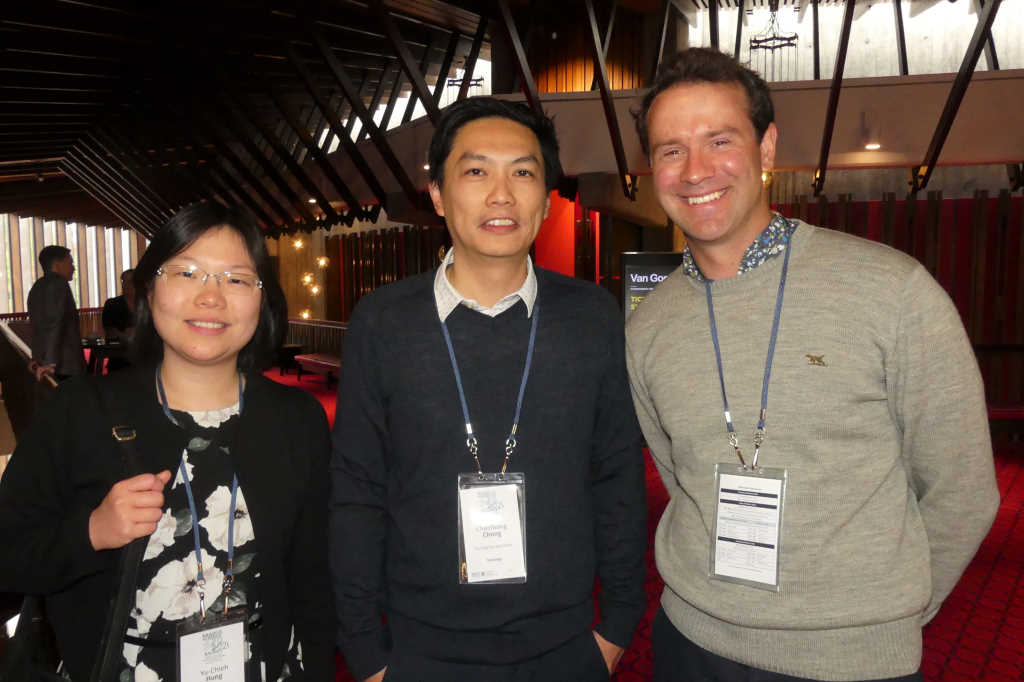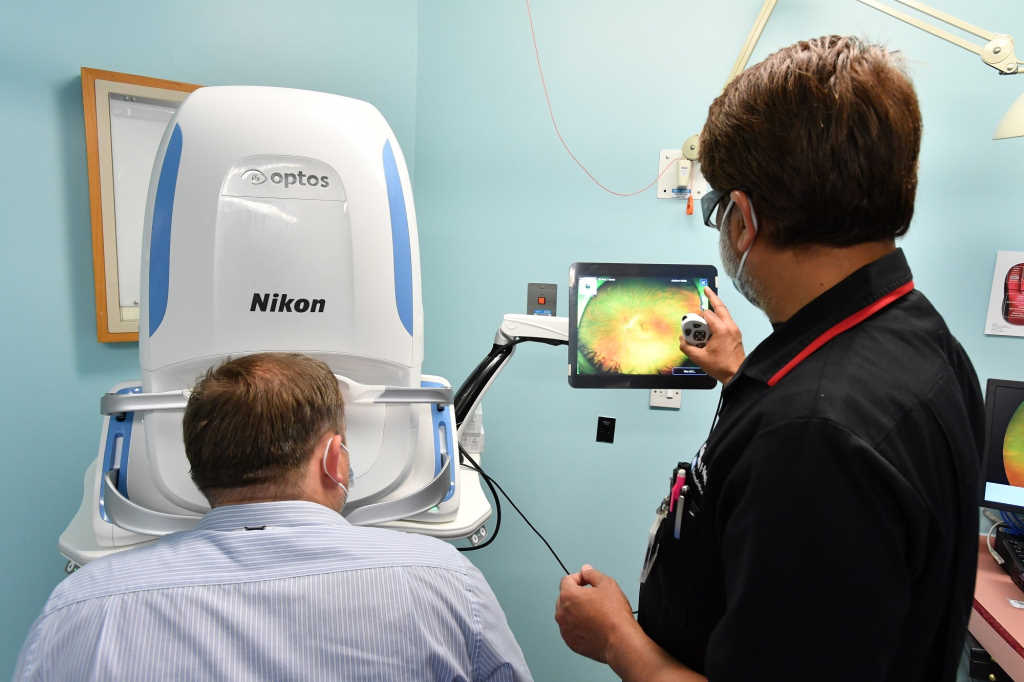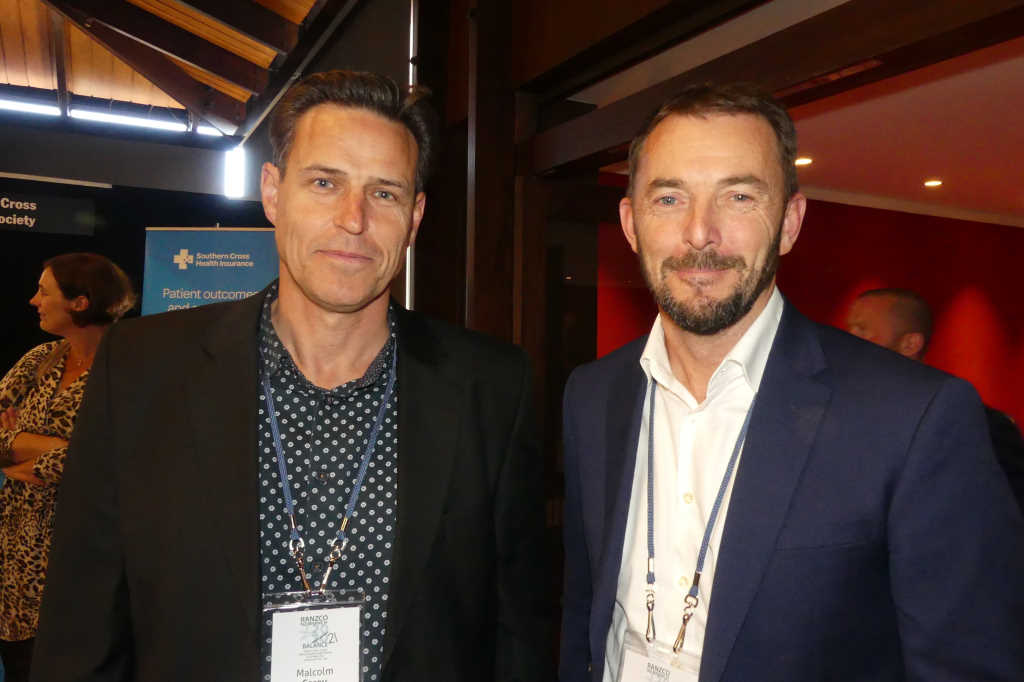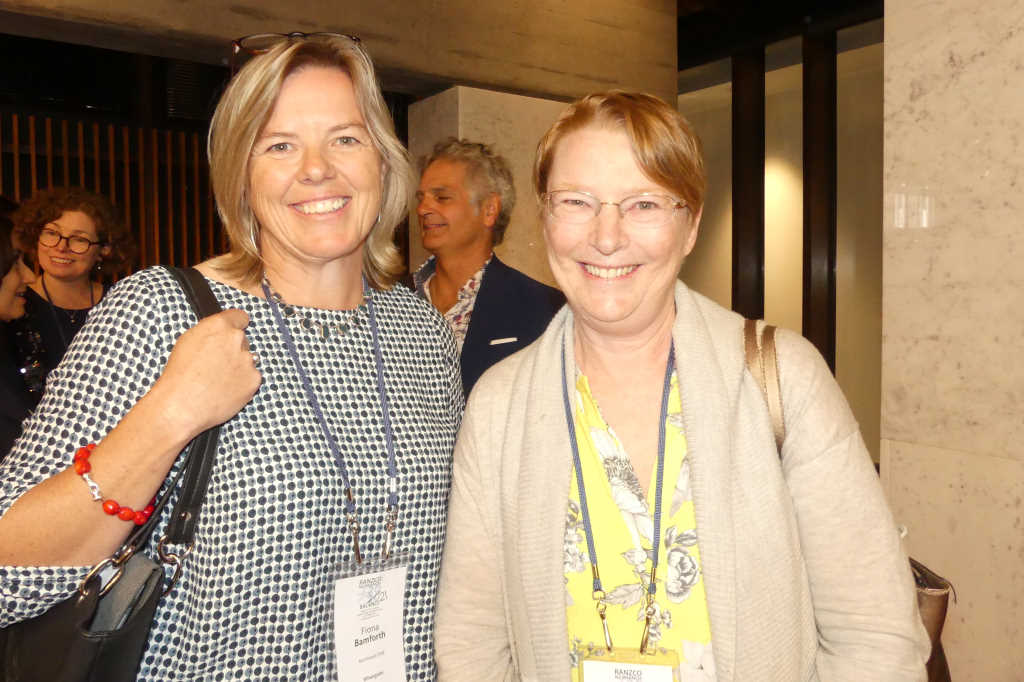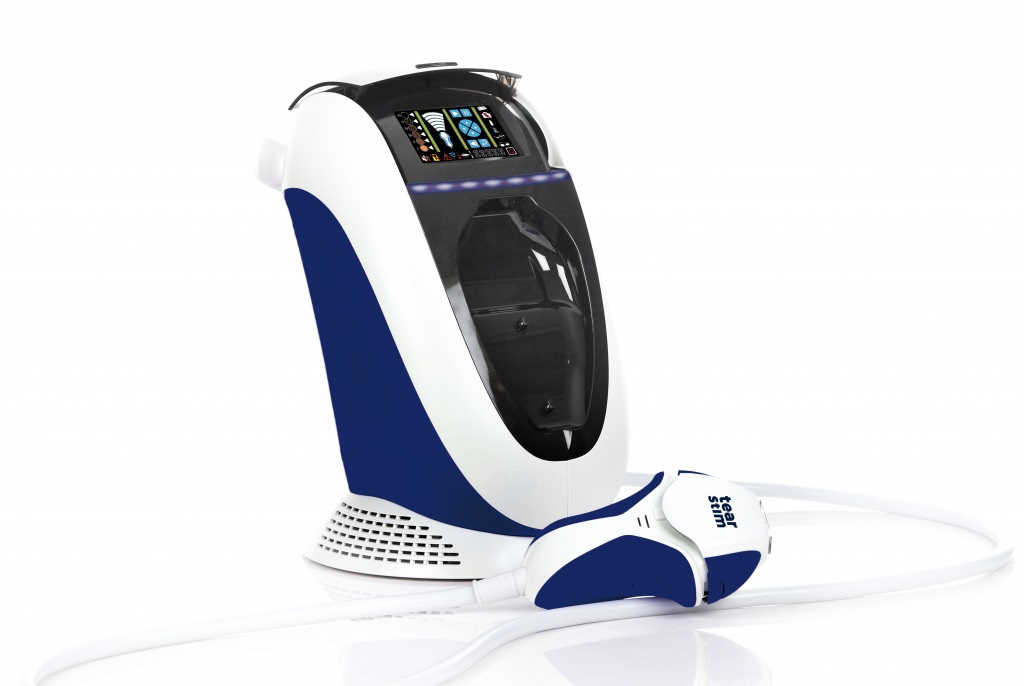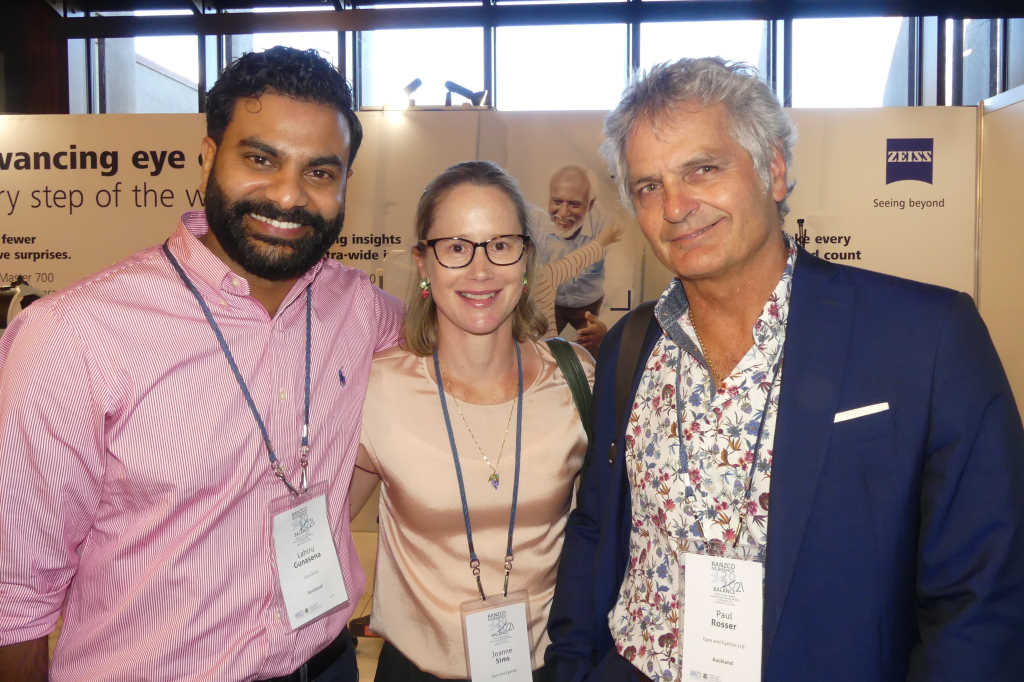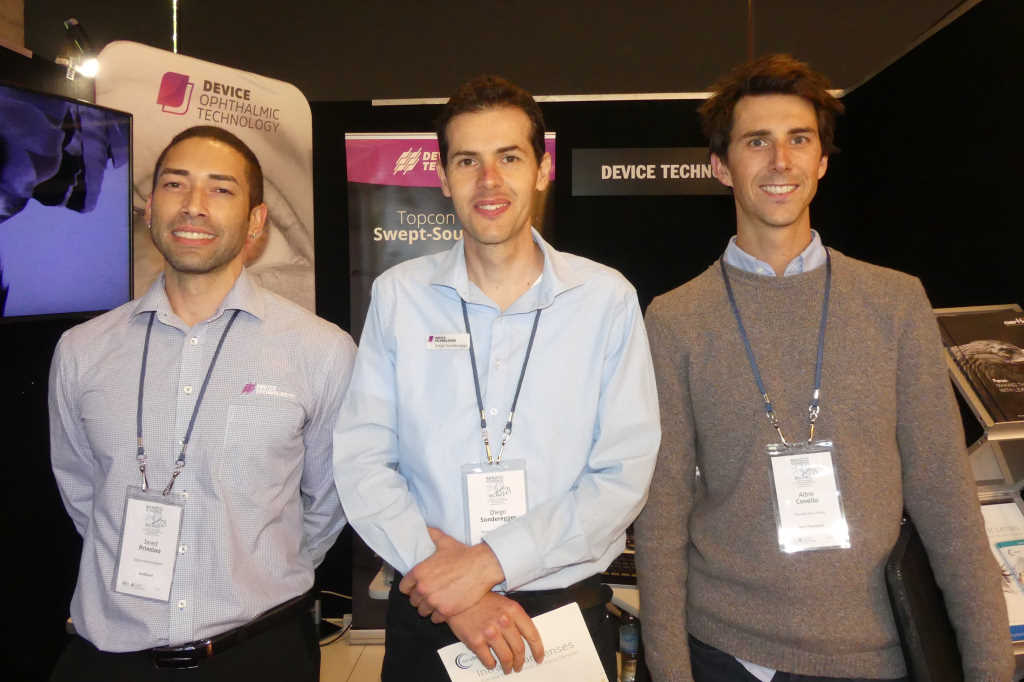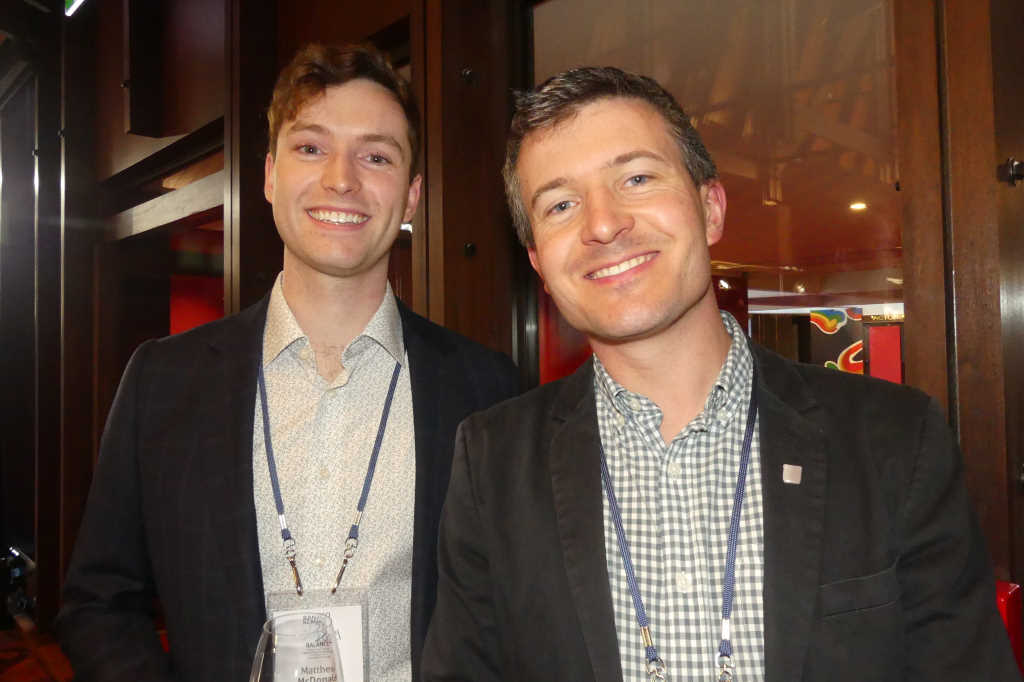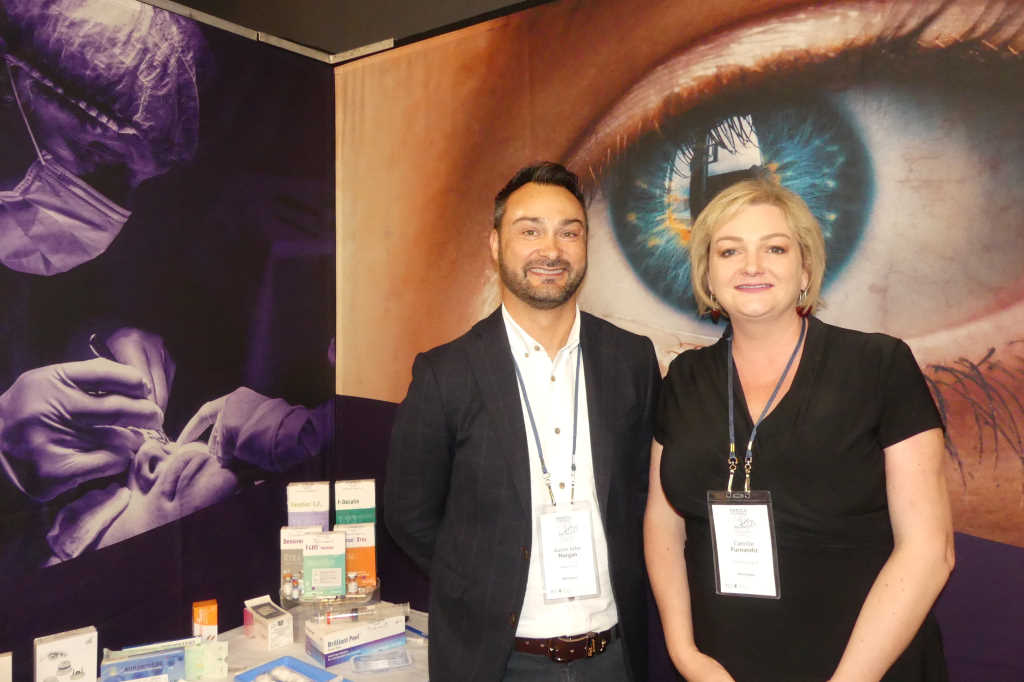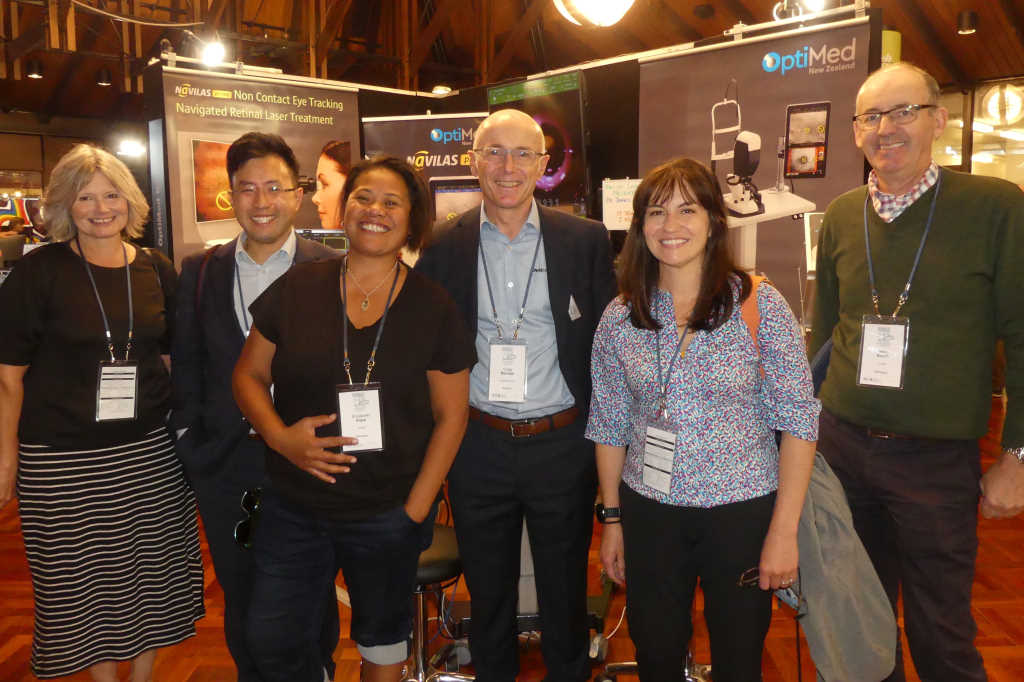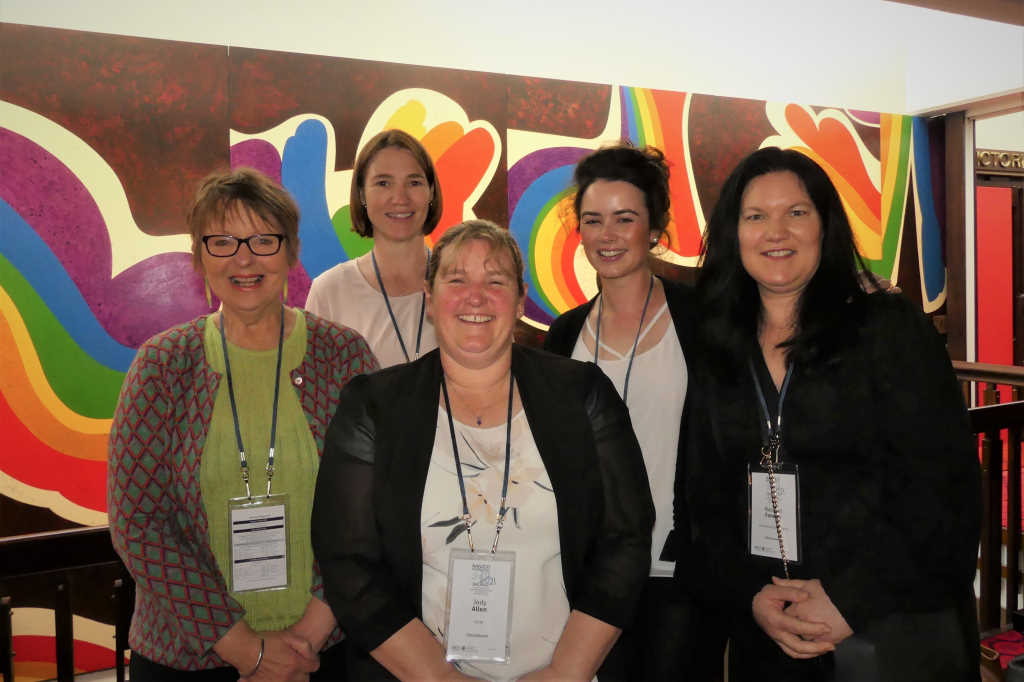ANZSS 2021
I applaud the huge effort put in by Drs Anne-Marie Yardley and Brenda Breidenstein for organising and hosting this year’s Australian and New Zealand Strabismus Society (ANZSS) meeting in Christchurch, which was a hybrid of live and virtual components. Despite Covid-19 travel restrictions, there were no shortage of high-calibre international speakers, mostly from Turkey, Queensland Children’s Hospital, the Royal Children’s Hospital in Melbourne and Flinders Hospital, Adelaide.
Covid forced some adaptations to this year’s Squint Club meeting, however, with some having to sacrifice sleep to attend. One speaker from Turkey staying up past midnight to deliver his personal experience on managing difficult thyroid-related strabismus/orbitopathy, while our Australian colleagues were up at 3.30am to join the live stream. Despite these difficulties, the meeting attracted more than 100 registrants, over 70 of whom were virtual participants, who connected with few hiccups.
Presentation highlights
Orthoptist Anjali Rigby from Christchurch presented on red flags in two orthoptic patients, one with a large intracranial tumour and another with progressive supranuclear palsy. It was a timely reminder that a medical history that includes cancer, progressive diplopia and clinical examination of ocular motility, nystagmus characteristics with square-wave jerks, and reduced saccades often heralds intracranial pathology.
Gold Coast paediatric ophthalmologist Dr Heather Russell also shared an interesting case of a trochlear nerve palsy mimic with large infraorbital ethmoidal air cells, also known as Haller cells. This reminded me of strabismus specialist Dr Lionel Kowal’s teaching that up to 50% of general ophthalmologist-diagnosed trochlear nerve palsies are indeed not true trochlear nerve palsies.
Australasian paediatric ophthalmologist Associate Professor Shuan Dai discussed an unusual case of vitreous haemorrhage following uncomplicated strabismus surgery, leading to a medicolegal discussion on informed consent for strabismus surgery. Although the risk of vision loss and infection from strabismus surgery is low, it is real, with an incidence of one in 17,143.
Auckland’s Dr Sarah Hull presented on an 11-year-old girl with acquired Brown syndrome. She discussed the common aetiology of paediatric-acquired Brown syndrome, including post-viral illness, juvenile idiopathic arthritis, reactive arthritis, HLA B27-related enthuses, orbital abscess and idiopathic. Investigations for the condition should include comprehensive bloodwork, including inflammatory, vasculitic and rheumatic factors, plus orbital/neuroimaging.
Neuroimaging audit and live cases
I was invited to present research from our group on neuroimaging outcomes for acute paediatric strabismus, only to be reminded by my mentor, Associate Professor James Elder, that he conducted a similar audit back in 2003 (before I even completed my undergraduate studies!). The collective knowledge of this society never ceases to amaze me. Our study was a 10-year retrospective audit reviewing neuroimaging outcomes of presentations of acute paediatric strabismus. The two risk factors identified with abnormal neuroimaging outcomes were young age at presentation and presence of abducens nerve palsy. Similar to A/Prof Elder’s audit 18 years ago, we have not identified a single child with intracranial pathology with acute acquired comitant esotropia.
The highlight of Squint Club has always been the live cases, where, in non-Covid-19 times, patients were flown in from all over the country to be examined by a panel of experts, followed by a healthy, passionate discussion on the best ways (yes, ‘ways’, plural!) to treat them. This year was no exception, despite live streaming challenges, with some vibrant sharing of opinions, plans and questions. After presenting on a case of congenital cranial dysinnervation disorder (CCDD) in an eight-year-old, I received four different surgical plans, plus an alternative diagnosis!
In summary
The Squint Club has always been one of the best learning days for me. It’s such a humbling experience, sharing, participating and contributing to the society. Due to the amazing success of this hybrid meeting, Drs Yardley and Breidenstein have been voted by the ANZSS committee to host and organise the 2022 meeting in their home city of Wellington, New Zealand – I can’t wait.
Dr Cheefoong Chong is a paediatric ophthalmology specialist, currently working at Tauranga Eye Specialists and Waikato DHB.









